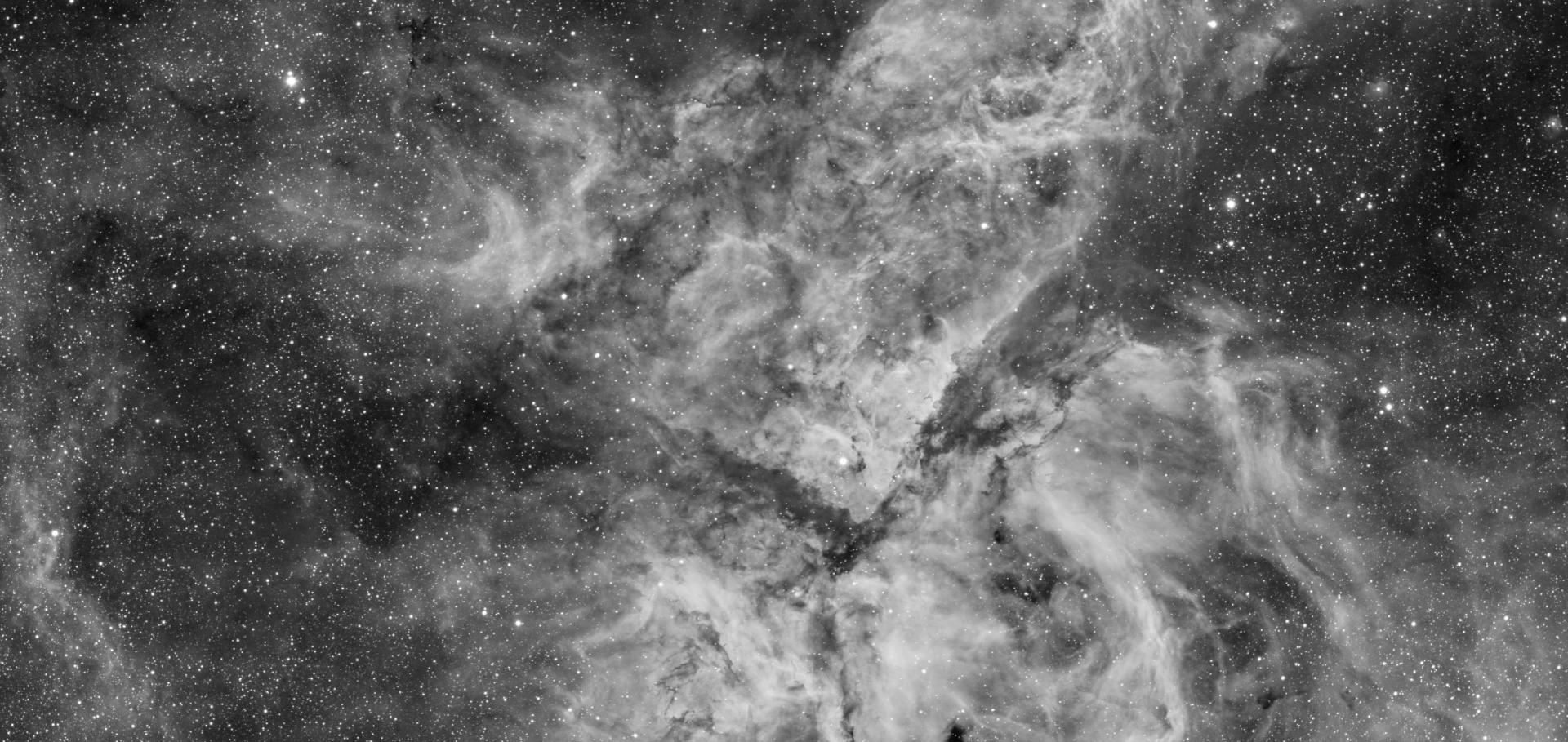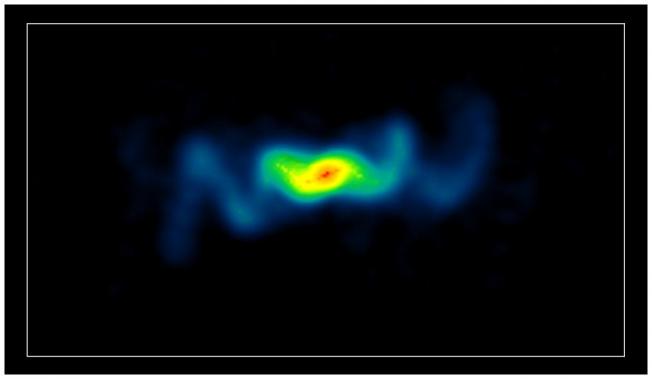On the maximum energy of protons in the hotspots of AGN jets
EPJ Web of Conferences EDP Sciences 210 (2019) 04006
SS433's Jet Trace from ALMA Imaging and Global Jet Watch Spectroscopy: Evidence for Post-launch Particle Acceleration
ASTROPHYSICAL JOURNAL LETTERS 867:2 (2018) ARTN L25
SS433's jet trace from ALMA imaging and Global Jet Watch spectroscopy: evidence for post-launch particle acceleration
(2018)
Ultra-high energy cosmic rays from shocks in the lobes of powerful radio galaxies
Monthly Notices of the Royal Astronomical Society Oxford University Press 482:4 (2018) 4303-4321
Abstract:
The origin of ultra-high energy cosmic rays (UHECRs) has been an open question for decades. Here, we use a combination of hydrodynamic simulations and general physical arguments to demonstrate that UHECRs can in principle be produced by diffusive shock acceleration (DSA) in shocks in the backflowing material of radio galaxy lobes. These shocks occur after the jet material has passed through the relativistic termination shock. Recently, several authors have demonstrated that highly relativistic shocks are not effective in accelerating UHECRs. The shocks in our proposed model have a range of non-relativistic or mildly relativistic shock velocities more conducive to UHECR acceleration, with shock sizes in the range 1 − 10 kpc. Approximately 10% of the jet’s energy flux is focused through a shock in the backflow of M > 3. Although the shock velocities can be low enough that acceleration to high energy via DSA is still efficient, they are also high enough for the Hillas energy to approach 1019−20 eV, particularly for heavier CR composition and in cases where fluid elements pass through multiple shocks. We discuss some of the more general considerations for acceleration of particles to ultra-high energy with reference to giant-lobed radio galaxies such as Centaurus A and Fornax A, a class of sources which may be responsible for the observed anisotropies from UHECR observatories.Ultra-high energy cosmic rays from shocks in the lobes of powerful radio galaxies
(2018)



